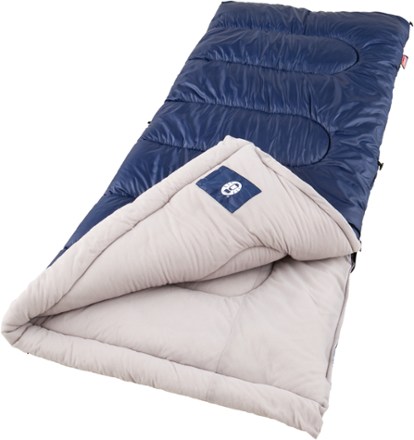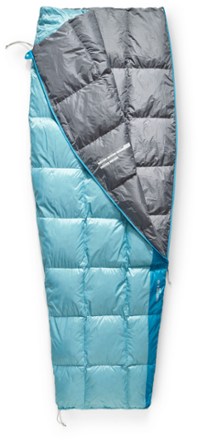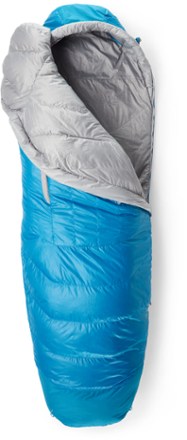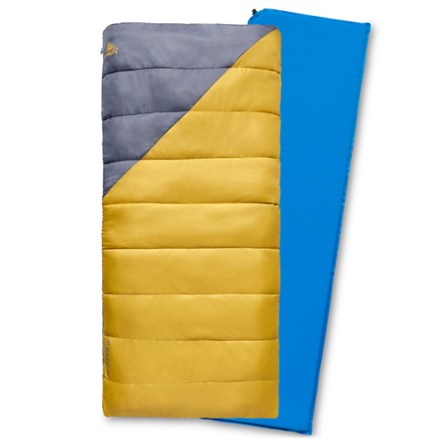The Etiquette of Giving Used Outdoor Gear: A Guide for Thoughtful Gifting
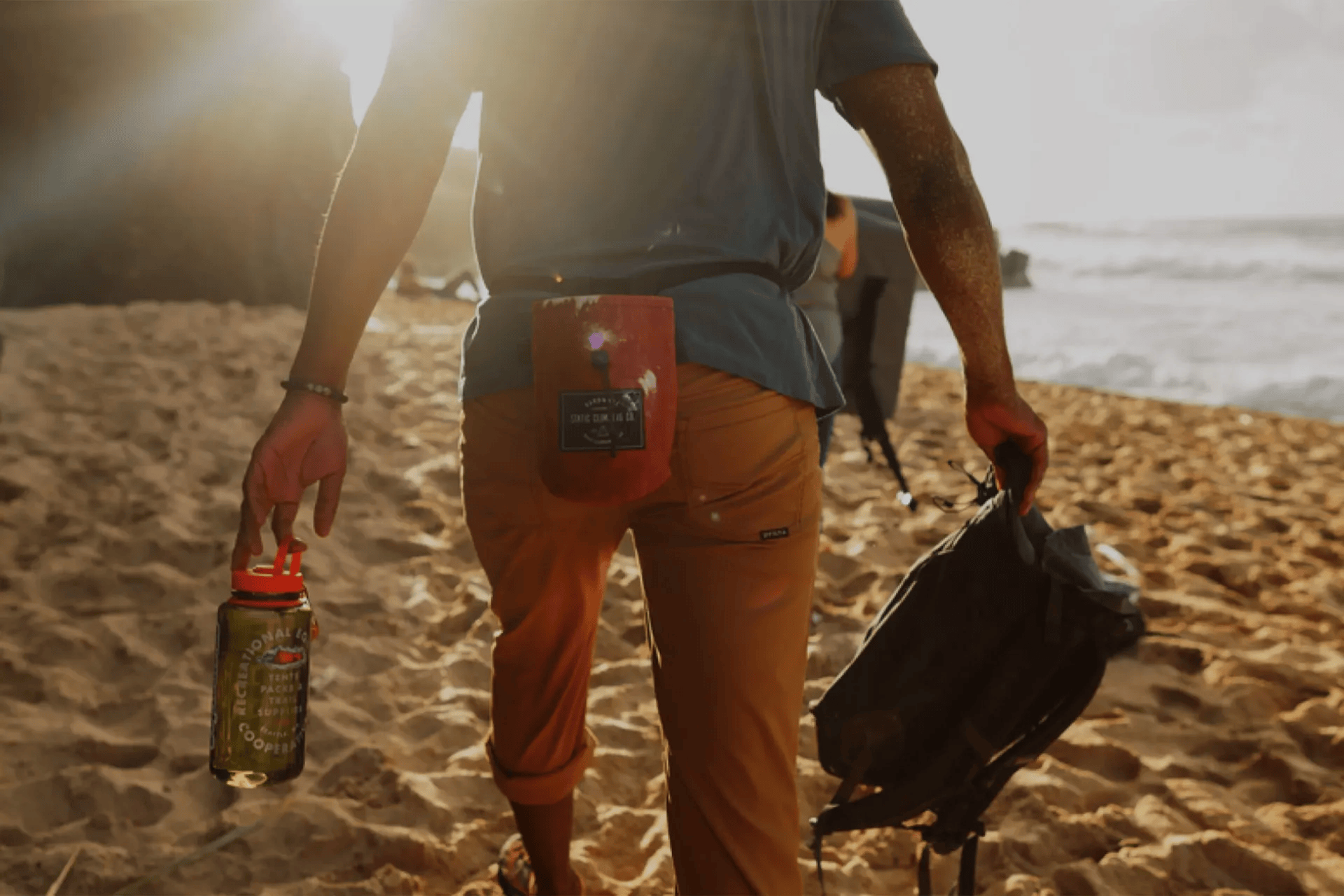
Outdoor gear and apparel can be expensive, and many nature lovers aim to avoid contributing to a throwaway consumer culture. With the growing market for gently used gear, giving secondhand outdoor equipment can be an eco-friendly and cost-effective choice. However, when it comes to gifting used items, certain considerations come into play.
Major Benefits of Gifting Used Outdoor Gear and Apparel
Embracing used outdoor gear as a gift brings a range of financial and environmental benefits, making it a thoughtful and responsible choice.
Financial Benefits
- Discounted Prices: Used gear is typically sold at a significant discount, sometimes as much as 70% off retail prices, making it an affordable way to buy high-quality outdoor equipment.
- Increased Accessibility: High-priced outdoor items like tents, skis, and car racks can be expensive barriers for people wanting to try new activities. Gifting used gear enables recipients to access these items at a lower cost, helping them enjoy outdoor adventures without breaking the bank.
- Trade-In Options: Many programs offer trade-in options, allowing you to exchange gently used gear for store credit or gift cards, which can be used to purchase new-to-you items for someone else.
Environmental Benefits
- Resource Conservation: Manufacturing new gear consumes substantial resources. For example, creating a pair of jeans requires over 3,700 liters of water. By opting for used gear, you help conserve water, reduce energy consumption, and decrease reliance on petroleum-based plastics.
- Reducing Waste: Buying secondhand keeps outdoor gear out of landfills. Giving a second life to used items helps reduce the demand for new products, thereby conserving raw materials and decreasing carbon emissions.
- Less Plastic Packaging: Used items often come with minimal packaging, which helps avoid the use of plastic bags and tags, common in new products. This reduces the environmental impact of plastic waste.
Is There a Stigma Around Giving Gifts of Used Outdoor Gear or Apparel?
Historically, gifting secondhand items, including outdoor gear and apparel, has had a stigma associated with poverty rather than sustainability. In the past, people often favored shiny, brand-new items as gifts, associating them with luxury and thoughtfulness. However, cultural perceptions are evolving, and with growing awareness of the environmental impacts of consumerism, gifting used items is becoming more socially accepted—and even celebrated.
Experts suggest that while some people, especially from older generations, may still have expectations around the newness of a gift, the idea of secondhand giving is changing. As more individuals embrace low-waste and sustainable living, secondhand gifts are increasingly viewed as meaningful and conscientious choices. Research supports this shift: A 2021 survey by a resale brand revealed that half of American shoppers considered giving secondhand gifts, and two-thirds were open to receiving them. The secondhand market is also growing rapidly, with Americans spending over $160 billion on used goods in 2021, a number projected to double by 2030.
As J.B. MacKinnon, author of The Day the World Stops Shopping, explains, addressing the scale of consumption is key to creating a more sustainable world, and secondhand giving is a natural part of that conversation. In fact, many recipients find excitement in receiving used items—just because an item was previously owned doesn't diminish its value or appeal. It’s about the item’s usefulness, quality, and the thought behind the gift.
Ultimately, giving used outdoor gear can be just as meaningful as gifting something new, especially as people increasingly seek to align their values with their purchases and gift-giving practices.
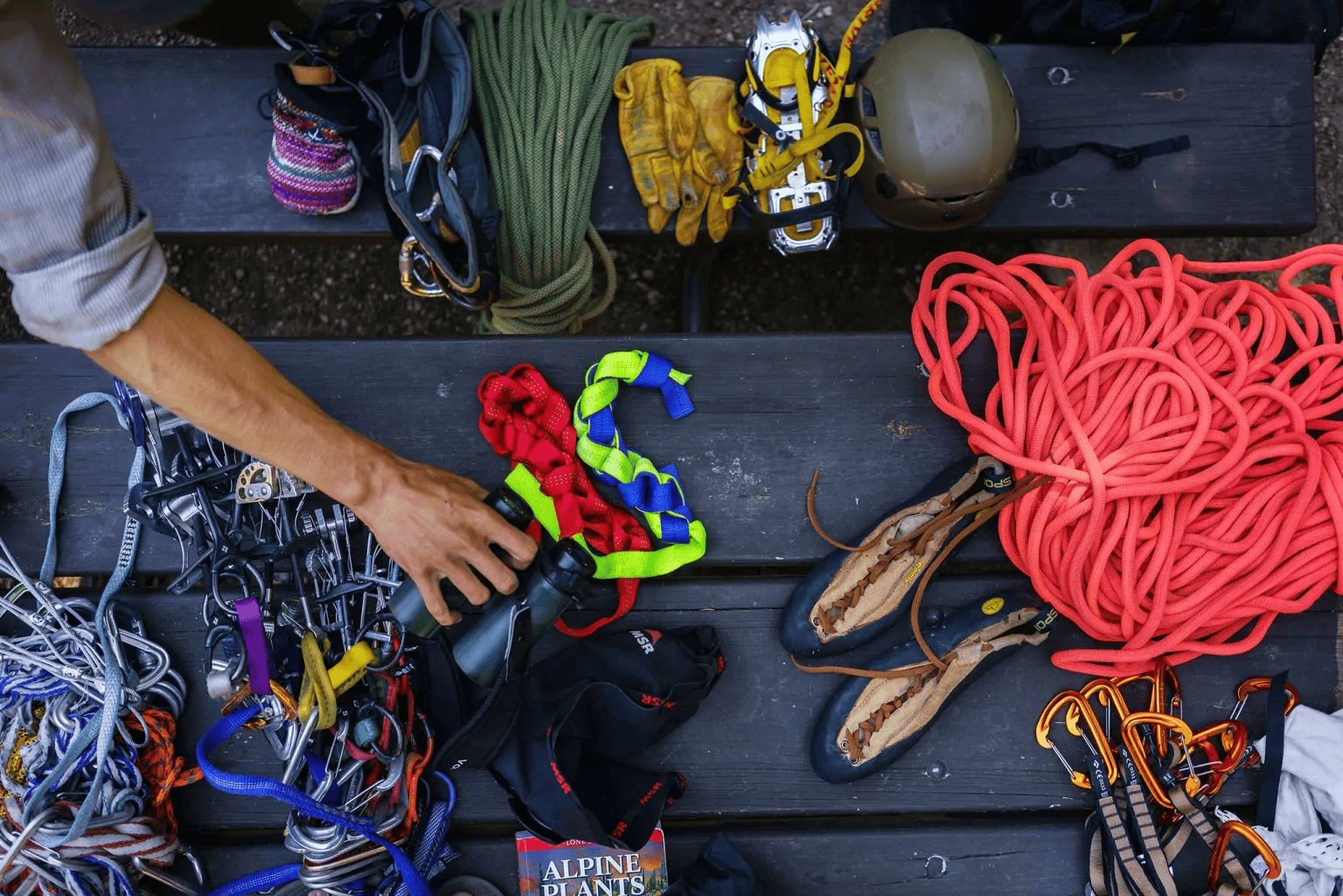
What is the Proper Etiquette When Giving Secondhand Gear or Apparel?
When giving secondhand gifts, including outdoor gear or apparel, it's essential to approach the practice with care and consideration to ensure the recipient feels appreciated. Etiquette coach Patricia Napier-Fitzpatrick emphasizes that "it is the thought that counts," and offering secondhand items thoughtfully can make the gift even more meaningful. Here are some tips to follow:
- Clear it with Them First: Before purchasing a secondhand gift, make sure the recipient is comfortable with the idea. Consider whether they are someone who shops for pre-owned items or is passionate about sustainability. If you're unsure, it's always a good idea to ask them how they feel about secondhand gifts before you go shopping. If there's any doubt that they might not appreciate the gesture, it may be best to reconsider.
- Check the Condition Before You Buy: The used item should be in good condition, safe, and free from major damage. Ensure it’s still functional and presentable. A smart approach is to look for products that are technically used but still in their original packaging or with original tags attached, as these are likely to be well-received.
- Disclose That the Item is Gently Used: Be transparent about the fact that the item is secondhand. In fact, sharing the story behind the gift can enhance its value. By explaining your commitment to sustainability or your respect for the recipient's values, you can help them appreciate the thought behind the gift. You might even share how you found the item and why you felt it was the perfect choice.
- Wrap It Nicely: Presentation matters, even with secondhand gifts. Beautiful, sustainably-minded wrapping can make the used item feel special and elevate the overall experience of receiving the gift. Taking care in the presentation will help your thoughtful gesture shine.
What Used Outdoor Products Are Appropriate to Give (and Which Should Be Skipped)?
When it comes to giving secondhand outdoor gear and apparel, many items are well-suited for gifting. However, certain products require more caution. Here’s a breakdown of what to consider:
- Clothing and Outerwear: High-quality outdoor clothing, such as jackets, base layers, and waterproof gear, can be found secondhand and is often a great gift choice. Many brands produce durable, long-lasting items that hold up well over time.
- Tents, Sleeping Bags, and Packs: These are popular items in the secondhand market, especially for those looking to try outdoor activities without the high price tag of new gear. According to Laura Kelley, these items make great gifts as long as they're in good condition.
- Ski and Snowboard Equipment: You can find gently used skis, snowboards, boots, and poles that are in great shape and still offer excellent performance.
- Duffel Bags, Mountain Bikes, and Kayaks: These large, durable items can often be found secondhand, and many people appreciate receiving a quality piece of gear at a more affordable price.
- Safety or Safety-Related Items: For safety gear like bike helmets, climbing harnesses, ropes, and avalanche rescue equipment, it’s crucial to purchase new. Used safety items can be damaged or compromised, and their effectiveness may be questionable. Most reputable resale stores, won’t resell used safety gear for this reason.
- Raingear: While waterproof gear can be a great secondhand buy, it may lose its moisture-protecting ability over time. Unless you’re certain the raingear is still in top condition, it’s better to avoid gifting it.
- Items With Hygiene Considerations: Products like long underwear or wool socks may not be the best choice for a secondhand gift. These items are worn closely to the body, and gifting them might make the recipient uncomfortable. It’s important to consider personal hygiene when selecting used clothing for gifts.
- Size-Sensitive Items: Items such as footwear or camping backpacks should be avoided unless you’re sure about the recipient's size preferences. These types of products are best when the recipient can try them on first to ensure a proper fit, and many resale businesses don't allow returns or exchanges on used gear.
By choosing used outdoor gear thoughtfully and considering these guidelines, you can give a gift that is not only practical but also aligned with sustainability.

What Potential Downsides Should You Consider When Gifting Used Outdoor Gear and Apparel?
While giving secondhand outdoor gear and apparel offers many benefits, there are a few potential downsides to keep in mind when selecting a used gift.
Quality Assurance Can Be Harder to Verify
Unlike corporate resellers who often conduct thorough quality checks, it can be challenging to guarantee the quality of secondhand items. Whether you're shopping in person or online, be sure to carefully inspect the gear for significant issues like holes, tears, stains, and odors (mildew, pet smells, or cigarette smoke). If you’re unsure, always ask the seller for more details about the item's condition, age, usage, and storage history. Ensuring transparency is key to avoid any unwanted surprises.
Private Sellers May Have Less Transparency
When buying from individual sellers, such as those on local marketplaces or at garage sales, there may be fewer quality assurance standards in place. Unlike larger resale businesses, individual sellers may not have undergone professional training or have the same level of transparency regarding the item’s condition.
Used Gear May Require Cleaning
Many secondhand items are not cleaned before resale, which means you may need to clean or dry clean them before gifting. Items like sleeping bags, clothing, or tents often require special care to restore them to a gift-ready condition. Be prepared to put in some extra effort to ensure the gear is fresh and presentable.
Warranty Limitations
One potential downside of used outdoor gear is that it might not come with a warranty, especially for products like electronics. If you purchase gear with any defects or if it breaks after the purchase, repairs may not be covered under warranty. Always keep this in mind when purchasing more technical or expensive items.
No Return or Exchange Options
Many secondhand sales are final, meaning items are typically sold "as is" with no return or exchange policy. This can be tricky if the recipient doesn’t like the gift or if the item doesn’t fit properly. Make sure you’re confident in your choice before making a purchase, and check if the seller has any return policies at all.
Finding the Right Item May Take Time
Since secondhand gear is often more limited in availability, it might take some time to find the perfect gift. Shopping for used items requires more effort than buying new, and you may need to visit multiple sources or wait for the right item to come up for sale. To avoid any last-minute stress, it’s best to start shopping ahead of time.
By considering these potential challenges and being thorough in your selection process, you can still find a great secondhand gift that’s both practical and meaningful.

